While not necessary, a sanjuhimo (三重紐, triple string) is one of those tools that is an enormous help when making big ornate furisode obi-musubi. They can be a little hard to find online, especially if you’re only able to use English-language sites, although KimonoPoncho on Etsy often has them for sale.
Today was a damp, dreary day and I’m feeling a little under the weather with no energy to go out or do anything big so it was a good time to do a little crafting. I thought it would be pretty straightforward to make my own, and I was right! If you’d like to make your own, just keep reading.
You will need
- 2.5cm(1″) wide durable non-stretch trim – I used rug-binding tape, which works very well
- 2.5cm(1″) wide elastic
- Strong thread – I used cotton-wrapped polyester
- A strong sewing needle
- Scissors
- Measuring tape or guide
- Measure out three pieces of elastic 25cm (10″) long, and two pieces of the non-stretch tape 60cm(24″) long.
- Thread your needle with a doubled length of thread for extra reinforcement.
- Overlap the three pieces of elastic and one piece of cotton tape by roughly 2.5c(1″).
- Using small stitches, sew the pieces together using a square shape with an X in it. Since this will be pulled taut and supporting the obi, you want to make sure the tension is spread across a wider area than a single line.
- Repeat this step with the other tape and other ends of the elastic, so you now have three strips of elastic in the centre of a long band of cotton tape.
That’s all there is to it! Simply tie the sanjuhimo around the top of your obi, like you would with an obi-makura, and have fun experimenting. For some really great video tutorials using a tool like this, check out さんさんmama on YouTube. If you make one and use it, I’d love to see!

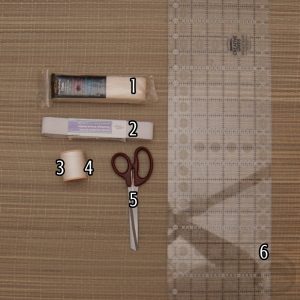
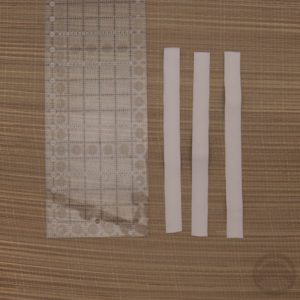
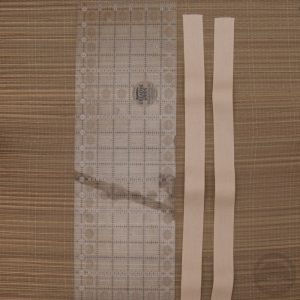
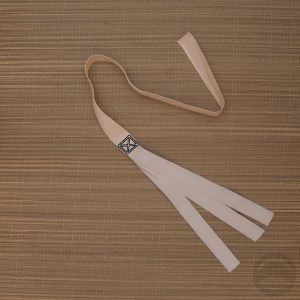
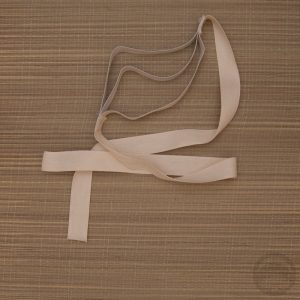
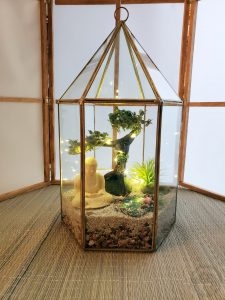
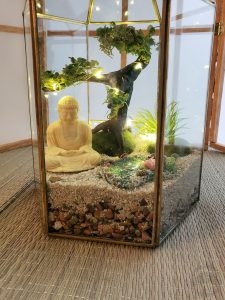
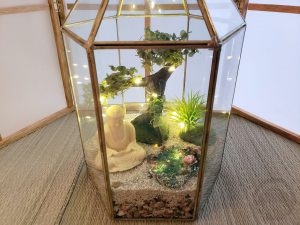
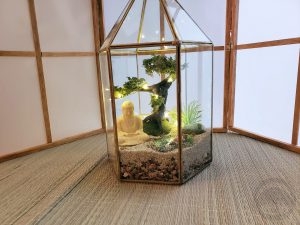
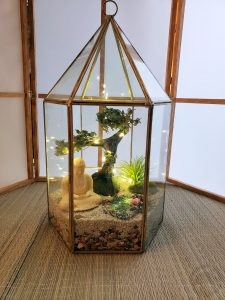
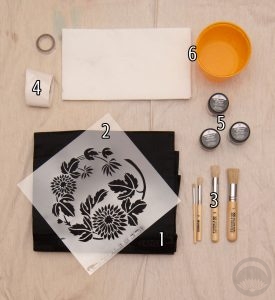
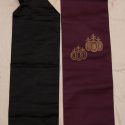
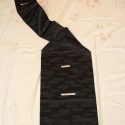
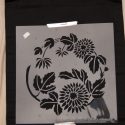
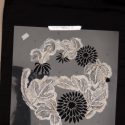
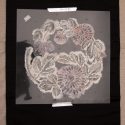
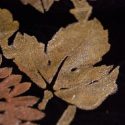
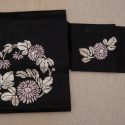
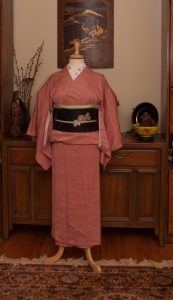
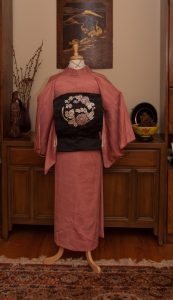
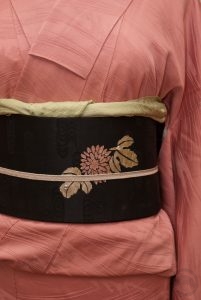
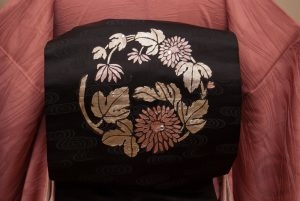
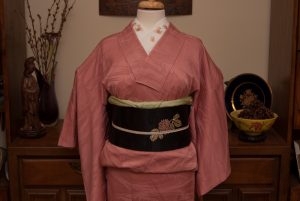

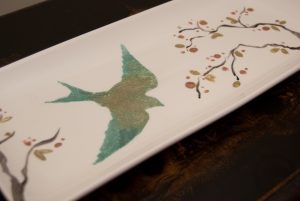

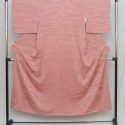

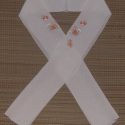
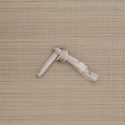
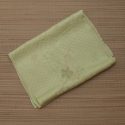
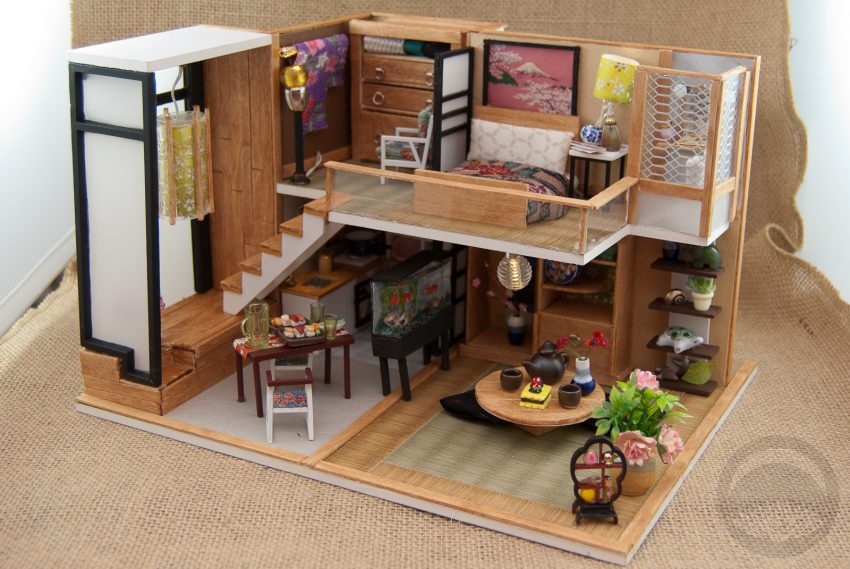
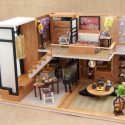
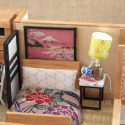
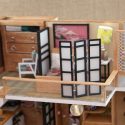
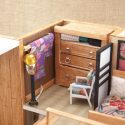
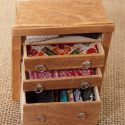
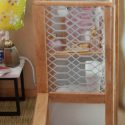
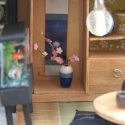
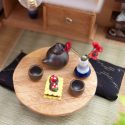
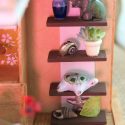
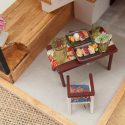
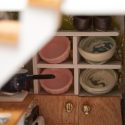
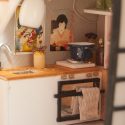
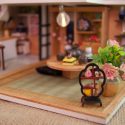
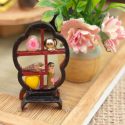
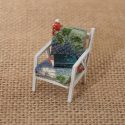
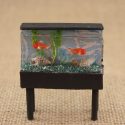
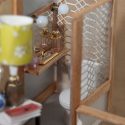
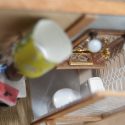
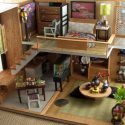
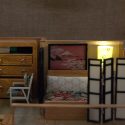
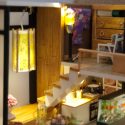
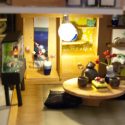
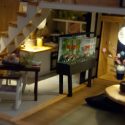
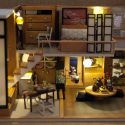
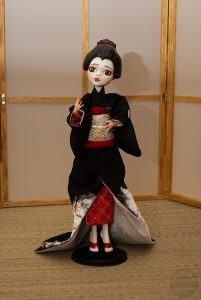
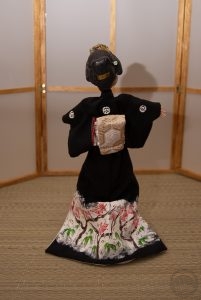
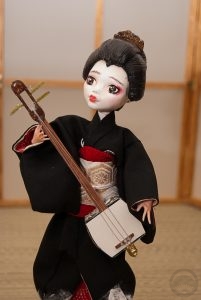
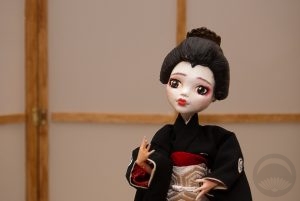
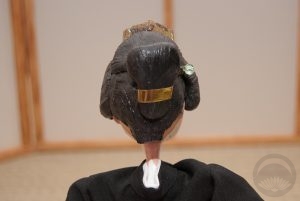
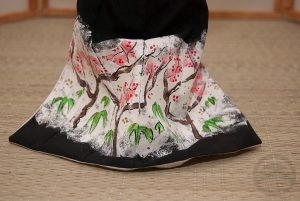
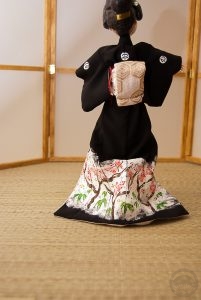
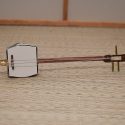
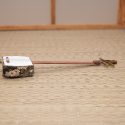
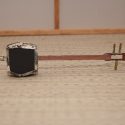











 Bebe Taian
Bebe Taian CHOKO Blog
CHOKO Blog Gion Kobu
Gion Kobu